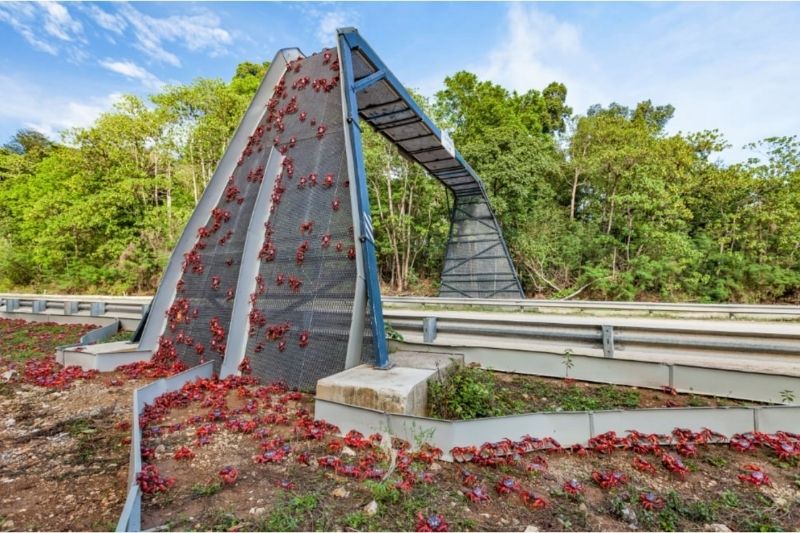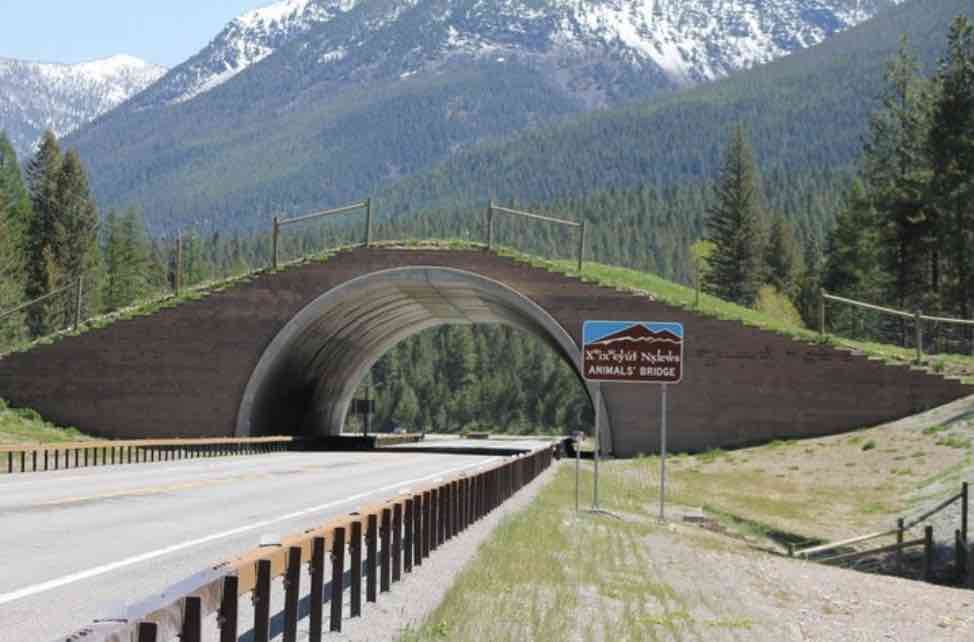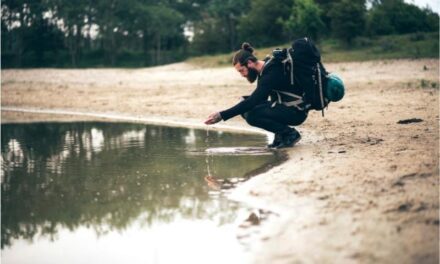Wildlife bridges or “green” bridges are reducing the number of wildlife-related traffic incidents and providing safe pathways for animals.
In the United States, there are more than one million automobile accidents each year involving wildlife. Our expansive network of interstates and highways cuts off natural animal pathways, disrupting habitats and populations. With natural corridors blocked, animals are forced to cross roads. This is incredibly dangerous for them and drivers alike. And it is also expensive: The annual cost of wildlife-related accidents is over $8 billion in medical expenses and vehicle repairs.
So…why did the chicken cross the road?
We all know the answer to the saying, “Why did the chicken cross the road?” To get to the other side of course! But what if natural wildlife crossings are blocked for deer, bear, elk, and other wildlife?
Animals are risking their lives in their attempt to get to the other side. But they risk even more than that: lost access to large parts of their living space, loss of food sources, and loss of finding potential mates. All of these factors affect population growth. Without enough connected habits, wildlife populations will have difficulty remaining healthy and prosperous.
The good news, humanity can do something about it. And we are!
Special-purpose natural wildlife bridges can help reconnect natural habitats.
Wildlife Crossing Flathead Indian Reservation, Montana
Established in 1885 this wildlife reservation covers 1,938 square miles of wilderness. It is home to hundreds of species of mammals and birds. This crossing is essential to maintaining the flow of wildlife in the region.
The concept of building wildlife bridges or “green crossings” began in France in the 1950s. The French understood how human infrastructure was disrupting natural habitats. They developed the natural bridge concept to help reunite wildlife with their surroundings, giving animals a way to cross roads and highways safely.
Explore Wildlife Bridges Around the World
Explore our interactive map and take a virtual journey to learn more about wildlife bridges and green crossings around the globe.
Here are a few additional examples of successful wildlife bridges around the world:
- The Dutch built the world’s longest animal crossing, the Natuurbrug Zanderij Crailoo, an overpass that spans more than 0.8 kilometers (0.5 miles).
- Banff National Park in Alberta, Canada provides 6 overpasses and 38 underpasses for wildlife to cross the Trans-Canada Highway.
- Arizona has built many wildlife passageways, reducing animal-related traffic accidents by 90%.
- Washington state is completing a wildlife bridge over Interstate I-90 at Snoqualmie Pass.
Discover More
One Planet Life Insights draw from a vast array of data gathered from the most reputable sources in the world. We curate and compile this rich information into interactive, easy-to-navigate insight maps to help you better understand your community and the world around us.











